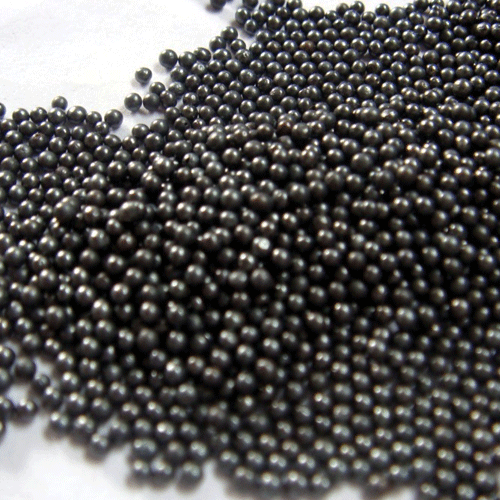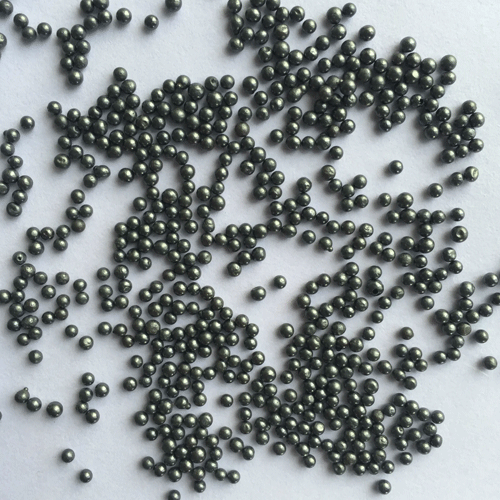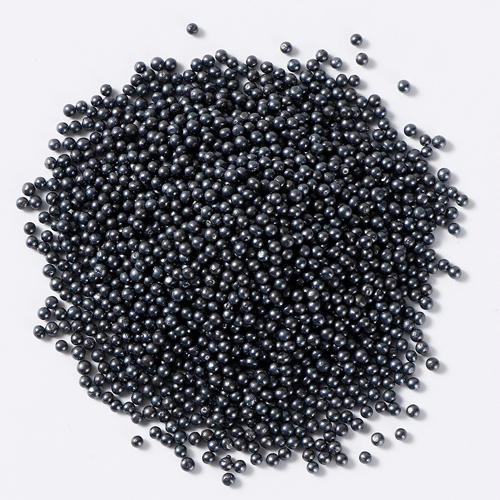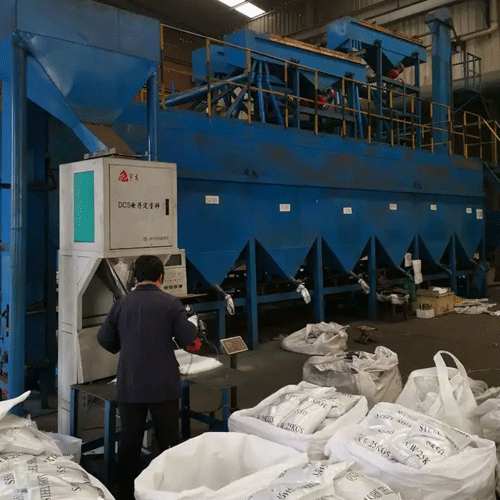Fatigue life testing, particle size testing, hardness testing, third-party testing, content analysis, oil content testing, chemical element testing, hazardous substance testing, hollow rate testing, explosion-proof testing, torsion testing, bulk specific gravity testing, Rockwell hardness, Brinell hardness , Vickers hardness, microhardness, Knoop hardness, Leeb hardness and nanohardness, etc.
Steel shot detection range:
1. Steel shots on iron castings, steel castings and non-ferrous metal fittings.
2. Steel shots on ordinary steel weldments, castings and steel accessories.
Metal shot, steel grit shot, stainless steel shot, sandblasting shot, low shell shot, etc.
Steel shot testing standards:
GB/T 18838.3-2008 Surface treatment of steel before coating—Technical requirements for metal abrasives for blast cleaning—Part 3: High carbon cast steel shot and sand
Steel shot hardness testing method:
1. This is to use a certain diameter of hardened steel shot, under a certain load (p), press into the surface of the test piece, stay for a period of time, then remove the load, measure the area of the indentation, the smaller the indentation, the resistance to plasticity The deformation ability is the greater the hardness, the greater the hardness, the smaller the hardness, which is represented by "HB".
2. Under the specified external load, then press the steel shot or diamond indenter vertically into the surface of the test piece to produce indentation, test the indentation depth, and then use the Rockwell hardness calculation formula HR=(K-H)/C Rockwell hardness can be calculated. Simply put, the shallower the indentation, the larger the HR value, and the higher the hardness of the material; it is represented by "HRC"; it represents the indentation of the specimen when the test load is 150kg and a diamond cone indenter with a vertex angle of 120 degrees is used. The depth of the scar is 0.08mm.
Steel shot hardness testing standard:
1. Usually the standards for steel shot are: SAE, VDFI8001, AMS2431.
2. The hardness range of steel shot: HRC40-50, HRC42-50, HRC56-60, HRC 63-66 (the maximum deviation range is ±3.0HR).
3. Density of steel shot: the minimum density is 7.4g/m³ (can be measured by alcohol replacement method).
Steel shots have a very wide range of uses, and steel shots are used in many mechanical parts. Different types of parts have different requirements for the hardness of steel shot. Huajin Testing believes that when testing steel shot hardness, you can test Knoop hardness, Rockwell hardness, Brinell hardness or Vickers hardness according to your own needs.
GB/T 18838.4-2008 Surface treatment of steel before coating—Technical requirements for metal abrasives for blast cleaning—Part 4: Low-carbon cast steel shot
JB/T 8354.2-2015 Metal Abrasives for Shot Blasting and Strengthening Part 2: High Carbon Cast Steel Shot
JB/T 8354.4-2015 Metal Abrasives for Shot Blasting and Strengthening Part 4: Low Carbon Cast Steel Shot
JB/T 8354.5-2015 Metal Abrasives for Shot Blasting and Strengthening Part 5: Stainless Steel Shots
YB/T 5149-1993 cast steel shot
 How to judge the quality of steel shot
How to judge the quality of steel shot
 Summary of hardness of several common steel shot and steel grit
Summary of hardness of several common steel shot and steel grit
 The formation process of steel shot
The formation process of steel shot
 Steel shot centrifugal pill forming technology is the preferred choice for producing national standard steel shots
Steel shot centrifugal pill forming technology is the preferred choice for producing national standard steel shots